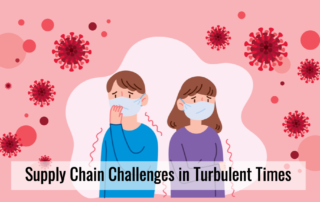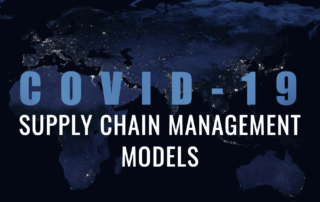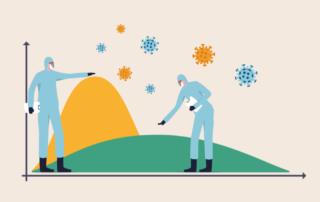COVID-19 & SCM – Importance of Operations Management to Overcome the Limitations of Data-Driven
An often-heard theme in supply chain management (SCM) and COVID-19 is “data-driven” – being data-driven is the path to success. For COVID-19 “science-driven” is often said in the same sentence. For SCM demand or customer-driven replaces “science”. This blog will point out a few examples in the COVID-19 challenge demonstrating COVID-19 is an OM challenge.









